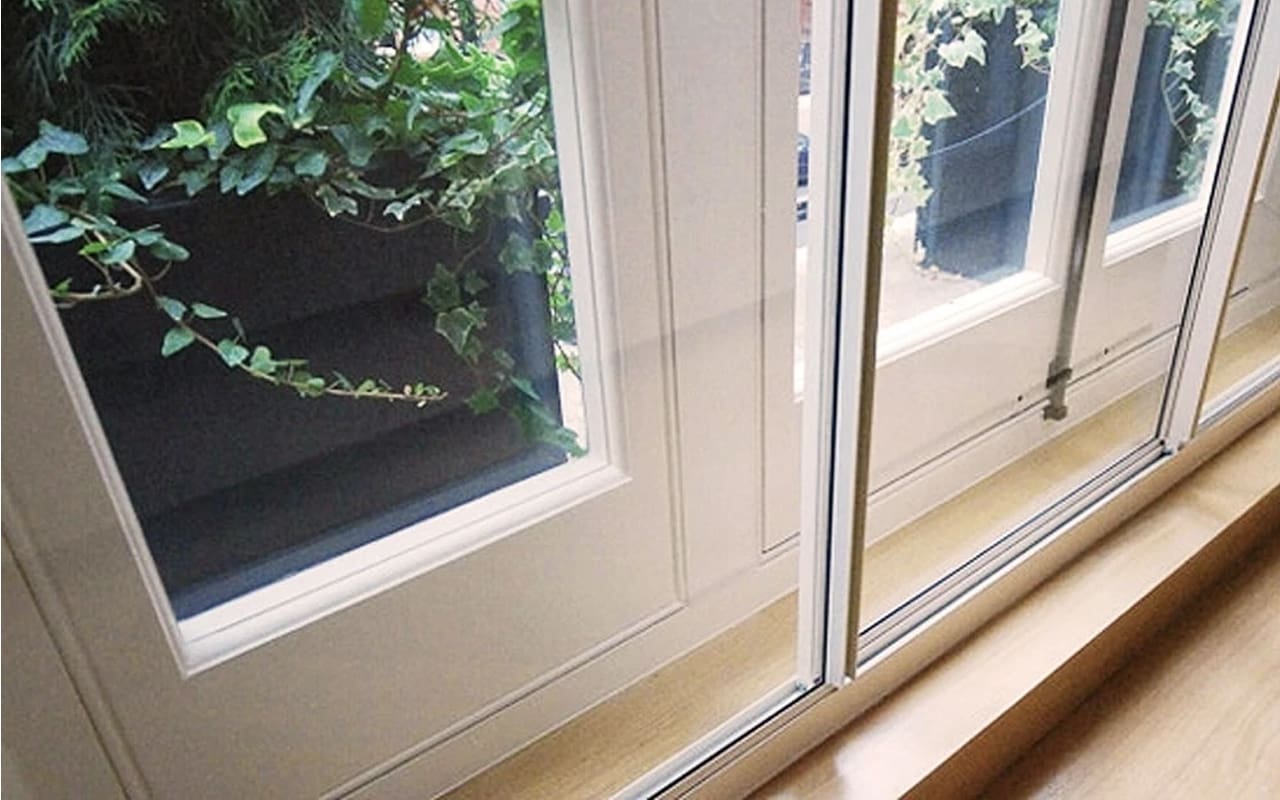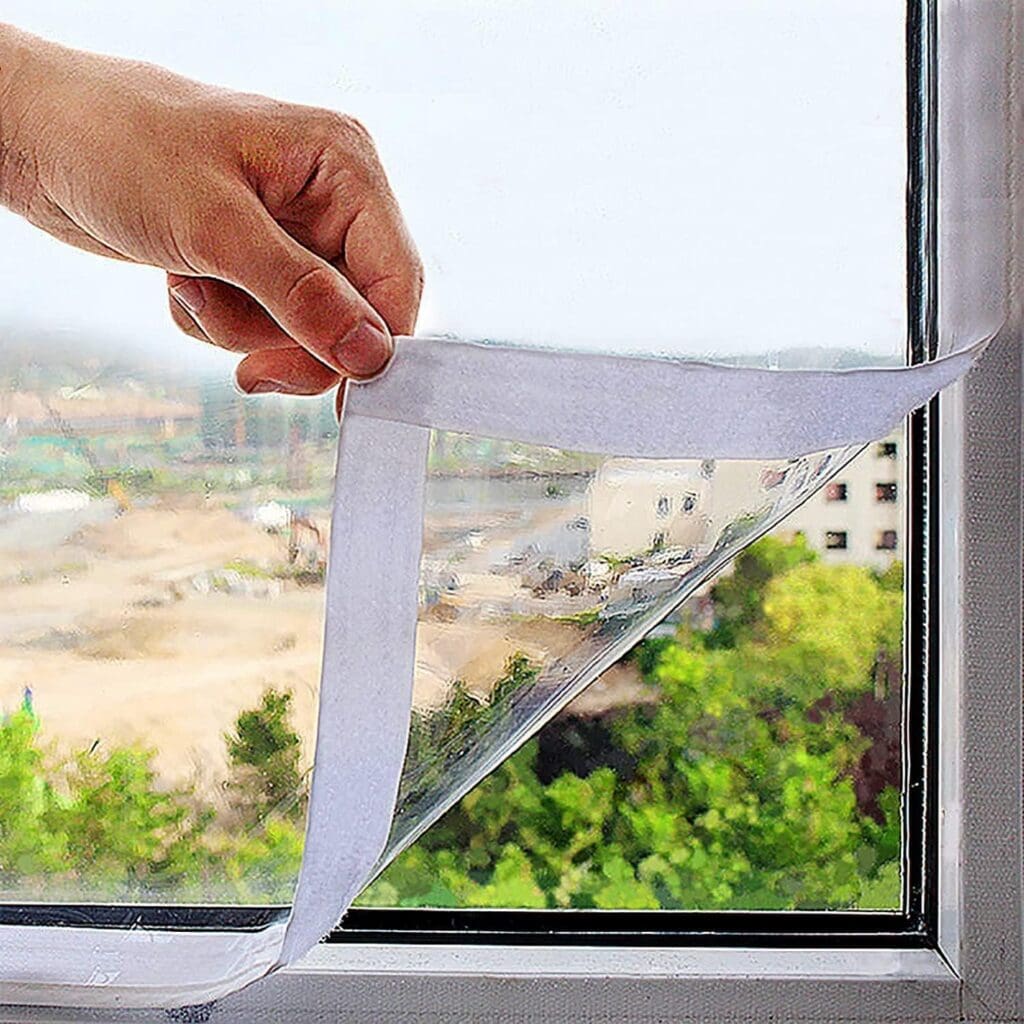
Double Glazing or Secondary Glazing
In the second post in our Home Insulation series, we discuss secondary glazing – a low budget option to double glazing
Understanding Double Glazing
Recap of Double Glazing Benefits
As discussed earlier, double glazing offers a range of benefits that make it a popular choice for home insulation. Let’s recap some of these advantages:
Improved Energy Efficiency: Double glazing reduces heat loss and heat gain, leading to more efficient temperature regulation within your home and lower energy consumption.
Enhanced Thermal Comfort: By minimising cold spots near windows, double glazing provides a more comfortable living environment throughout the year.
Noise Reduction: The air or gas-filled gap between the glass panes acts as a sound barrier, reducing external noise infiltration and creating a quieter interior space.
Condensation Control: Double glazing significantly reduces condensation on the interior window surfaces, mitigating the risk of mould and dampness.
Increased Property Value: Homes with double glazing are often more attractive to buyers due to their energy-saving features, potentially boosting the property’s value.
Materials Commonly Used in Double Glazing
To ensure effective insulation and durability, various materials are used in the construction of double glazing units:
Glass: High-quality glass with low emissivity (low-E) coatings is commonly used to minimize heat transfer and improve energy efficiency.
Spacer Bars: The spacer bars around the edges of the glass panes are typically made of aluminum, stainless steel, or composite materials, maintaining the gap between the panes.
Insulating Gas: The space between the glass panes is filled with an insulating gas, such as argon, krypton, or xenon, to further reduce heat transfer.
Sealing Material: Specialised materials ensure the double glazing unit is hermetically sealed, preventing air or gas leakage and ensuring long-term effectiveness.
Exploring Secondary Glazing
Definition and Benefits of Secondary Glazing:
Secondary glazing involves adding an extra layer of glazing to the interior side of existing windows or doors. Unlike double glazing, secondary glazing does not replace the existing windows, making it a cost-effective solution for improving insulation. Some key benefits of secondary glazing include:
Improved Insulation
Secondary glazing provides an additional barrier against heat loss, making it effective in enhancing the overall insulation of your home.
Soundproofing
The added layer of glass in secondary glazing helps reduce external noise infiltration, creating a quieter and more peaceful indoor environment.
Preservation of Original Features
Secondary glazing allows you to retain the original appearance of your windows and architectural features, making it an ideal solution for historic or heritage properties.
How Secondary Glazing Complements Double Glazing:
Secondary glazing works in tandem with double glazing to enhance insulation further. When installed together, these two methods create a “double-double glazing” effect, offering even better thermal performance and sound reduction. This combination is especially effective in regions with extreme weather conditions or high noise pollution.
Situations Where Secondary Glazing Is Preferred:
Secondary glazing is a practical choice in several scenarios:
Listed Buildings
For properties with listed status or heritage significance, secondary glazing is often preferred over full window replacement to maintain the original character.
Noise Reduction
In areas with high noise levels, such as busy streets or near airports, secondary glazing can significantly reduce sound transmission.
Rental Properties
Secondary glazing offers an adaptable and removable insulation solution, making it suitable for rental properties.

Double Glazing vs. Secondary Glazing
1. Performance Comparison in Terms of Insulation
Double glazing, with its sealed gas unit, is much more effective in improving insulation compared to secondary glazing.
2. Sound Reduction Capabilities
Both double and secondary glazing contribute to reducing external noise, but the sealed gas unit in double glazing makes it more effective as a sound proofer.
3. Cost-effectiveness and Installation Considerations
Secondary glazing is generally more cost-effective compared to full double glazing replacement. It also involves less disruption during installation, making it a convenient option for existing properties.
4. Appearance
Double glazing is often considered better looking and neater compared to secondary glazing, as it maintains the original exterior appearance of windows without the need for an additional layer.
5. Ease of Use
Double glazing provides convenience, as it functions as the primary window, easily opening and closing without any extra steps. In contrast, secondary glazing involves either opening two windows (primary and secondary) or completely removing the secondary glazing unit to access and clean the primary window, making it less convenient for regular use.
Ultimately, the choice between double glazing and secondary glazing depends on specific insulation needs, budget constraints, and aesthetic preferences.